If you’re a music fan or just an audio enthusiast, you’ll know that speakers are crucial to showcasing your favourite tunes. However, things can get a bit confusing when you’re shopping for the perfect speaker.
Active vs. passive speakers is a topic that may seem complex, but worry not! In this article, we’ll demystify these terms and guide you through their differences. By the end, you’ll have the knowledge to make an informed decision about which speaker type suits your needs best.
In a nutshell
We’re all busy people! In a rush and don’t want to read through all the fine complexities of these speakers? Here’s how they work at a glance:
| Speaker Type | How It Works | Pros | Cons | Our Speaker Recommendations |
|---|---|---|---|---|
| Active | Active speakers have built-in amplifiers that feed the drivers, eliminating the need for you to buy an external amp – these have been chosen and manufactured to work perfectly together. | Amp and speaker work harmoniously without risk of damage. | You cannot sculpt your sound and upgrade components. | Best budget option: Klipsch KD-400 Best premium option: KEF LS50W MKII Special Edition Read more |
| Passive | Passive speakers require external amplification – this allows for a more customised setup that can be upgraded at any time. | A hands-on approach to your audio, letting you have a unique, personalised setup. | You need to take time to ensure you have the correct amplifier for your speaker, or else you could damage your setup. | Best budget option: Wharfedale Diamond 9.1 Best premium option: Monitor Audio Silver 500 7G Read more |
What are active speakers?
Active speakers do not require an external amplifier to produce sound. Rather, they have built-in amplifiers, which means they’re self-sufficient, independent, and ready to play music.
Often, active speakers are also referred to as powered speakers. This is because they need to be connected to a power source, either through a plug or batteries, to operate. However, a powered speaker setup is usually a bit different in that one speaker is the master (this has an amp built-in) and the other is the slave (this feeds off the master speaker).
So, how do active speakers work? Well, firstly you have your source component, which you’re playing music from. This music is sent as a signal into the heart of the active speaker: the active crossover network. The job of this network is to split the signal into different frequency ranges; unlike that of a passive speaker setup, it operates at line level.
Inside the active crossover network, each frequency band of the signal is carefully separated and sent to its own dedicated power amplifier. These amplifiers feed the drive units, which are responsible for delivering those specific frequencies of sound. Such precise control over the signal allows for less distortion and loss, optimising the power amplification for each drive unit.
By having their own built-in amplifier, active speakers provide a significant advantage. The amplifier is specifically designed and optimised for the speaker components, ensuring that they work in perfect harmony. This results in an exceptional audio performance that is hard to match.
Plus, as if active speakers weren’t convenient enough, with their simpler, more concise setup, some now also come with streaming modules and various connections that create an all-in-one system. This includes preamp capabilities, Bluetooth and Wi-Fi compatibility, and digital and analog inputs.

Pros and cons of active speakers
| Pros | Cons |
|---|---|
| Amplifier works harmoniously with the rest of the speaker, and they can be driven without damage. | The design is often quite complex, making them difficult to troubleshoot, fix, and upgrade parts if anything goes wrong. |
| They usually have a good variety of inputs, making them great for many different setups and audio sources. | Because the amp and driver are integrated into one system, you cannot sculpt your sound and upgrade a component like you can with a passive system. |
| You don’t need to purchase an external amp. | Despite having a good variety of inputs, there is usually only one per type of connection, e.g., 1x RCA, 1x Optical, 1x HDMI. In contrast, external amplifiers frequently offer multiple inputs for each connection type, providing more extensive connectivity choices and the ability to connect to more complex audio systems. |
Active speakers + turntable system builder
If you’re looking at building a hi-fi system with active speakers, our Wireless Turntable System Builder is a convenient way to get the exact components you want – all compatible, all in one package.
Here, you can choose from a range of distinguished brands for the wireless turntable, Bluetooth active speakers, and stands and configure your system to your precise specifications. Better still, you’ll save by purchasing the items as part of a bundle.
Our active speaker recommendations
Klipsch KD-400 Powered Bookshelf Speakers – best budget active speaker
- Strictly speaking, this is a “powered” system, meaning it uses a passive speaker signal path, with one of the speakers housing the amplifier (the master speaker) – however, it still falls under “active” speakers due to it not relying on external amplification for power
- Includes Bluetooth, analog RCA, and digital optical inputs as well as a subwoofer output
- Klipsch’s Dhorm tweeters offer a smooth high-frequency response, a great dynamic range, and hardly any distortion
- Unique cooling system increases the output and optimises the power handling
Triangle Borea BR03 Connect Active Bookshelf Speakers – best mid-range active speaker
- Uses a two-channel 60W Class D amplifier – perfect for small to medium-sized setups
- Boasts an integrated phono amplifier for easily connecting to turntables
- Includes HDMI ARC and USB-B inputs as well as Bluetooth 5.0 aptX HD and Low Latency support
- 6.5-inch cellulose paper cone driver and 25mm silk dome tweeter deliver a balanced, controlled frequency response
KEF LS50W MKII Wireless Speakers – best premium active speaker
- Provides access to streaming services, radio stations, and the KEF Connect app, and is compatible with Apple, Chromecast, and Bluetooth devices
- Uses Metamaterial Absorption Technology for incredibly natural sound without any unwanted distortion
- Uni-Q driver array ensures sound is dispersed evenly and immerses everyone in the room, no matter where they are
- Driven by the Music Integrity Engine
What are passive speakers?
Passive speakers rely on an external amplifier to boost the audio signal. This amplified signal passes through a crossover network before being sent to the speaker. Like active speakers, the crossover splits the signal into different frequency bands, ensuring that each driver, such as a mid/bass unit and a tweeter, receives the right frequencies.
The speaker is passive because the crossover network works at speaker level, rather than line level, creating the need for a power amp.
Passive speakers might seem a bit old-school compared to active speakers at first glance, but they are still very much in demand. They tend to be more versatile in terms of setup and upgrading options as they allow you to choose your own amplifier. However, you’ll need to ensure that you have the right amplifier to match your speakers’ power requirements.
The general rule is that you choose an amp that provides 1.5-2 times the continuous power rating of your speaker. If your amp’s continuous power rating is too high, your speaker won’t be able to dissipate the heat energy, meaning the voice coil and suspension will burn.
Conversely, if your amp is too weak, you might resort to turning the volume knob up, but this won’t increase the volume. This will then overheat your amp and cause it to send clipped signals.
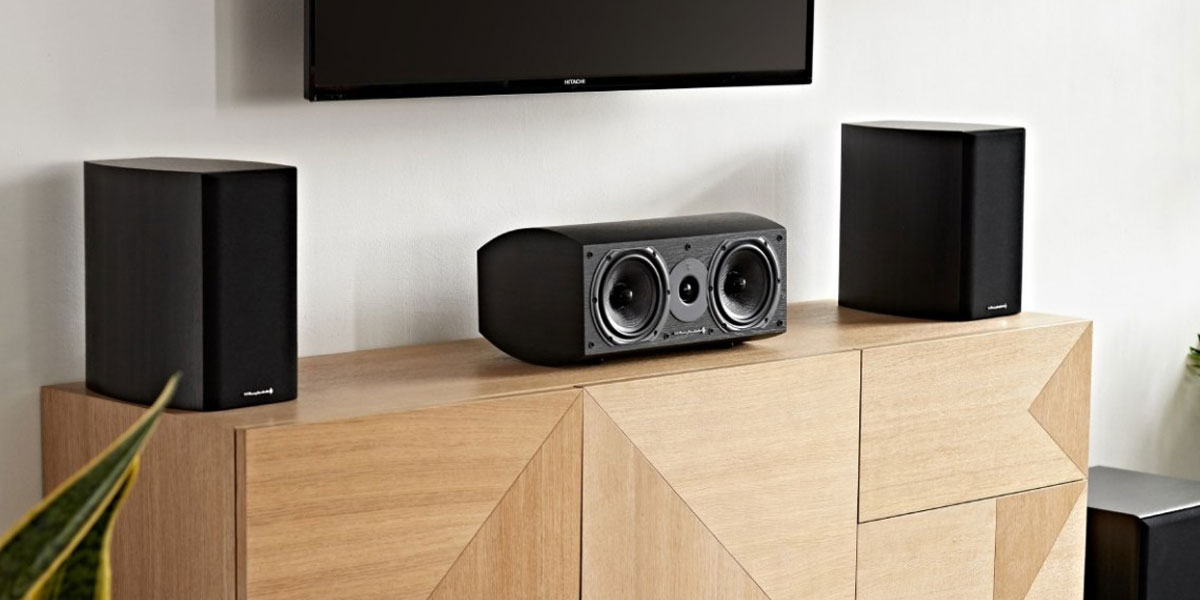
Pros and cons of passive speakers
| Pros | Cons |
|---|---|
| These are perfect if you’re after a more hands-on approach to your audio setup. | You need to make sure you have the right amplifier for your speaker – you might not find the same harmonious amp and driver pairing as you will in an active speaker. |
| As the amplifier is separate, passive speakers let you choose the kind of external amp you want and customise your setup. | These aren’t as convenient as active speakers. |
| They’re usually lighter in weight than active speakers because of the absence of an amplifier – however, this weight is added to your setup later with the external amp. | Passive speakers require more space as they make up part of a larger hi-fi system. This involves multiple units and relies on complicated wiring. Read our guide to wiring speakers to make the process a little easier! |
Our passive speaker recommendations
Wharfedale Diamond 9.1 Bookshelf Speakers – best budget passive speaker
- Multi-award winning speakers
- Five-inch Kevlar mid/bass driver and one-inch textile tweeter offer a rich, detailed response across the frequency range
- Designed with curved cabinets, which eliminate vibrations and ensure soundwaves are dissipated effectively
- Gold-plated bi-wire connection excellently separates high and low frequencies, giving you a gorgeously clear sound
Bowers and Wilkins 606 S3 Bookshelf Speakers – best mid-range passive speaker
- Features the new Decoupled Double Dome Titanium tweeter, which ensures fantastic resolution and that those high frequencies are smooth, refined, and detailed
- Cabinet is 300mm deep, allowing for rich, enhanced bass
- Continuum cone bass/midrange driver is positioned closer to the tweeter than previous generations, and its composite construction delivers an open-sounding performance with precision
- Rear Flowport employs a dimpled pattern to prevent any air turbulence from affecting the output
Monitor Audio Silver 500 7G – best premium passive speaker
- Rear-ported bass-reflex style HiVe II technology controls airflow and delivers smooth, rich bass
- Two eight-inch C-CAM RST II bass drivers can push longer and louder than typical drivers
- The dispersion waveguide tweeter balances the bass with exceptionally clean treble
- Stable outrigger feet, with the choice of spikes for carpets or rugged for hard floors
Active vs. powered speakers – which is right for you?
When it comes to choosing between active and passive speakers, you need to consider your environment and the kind of setup you’re after.
Firstly, are you after a quick, convenient setup? Active speakers, with their built-in amplifiers, offer a plug-and-play experience. There’s no need to purchase separate components (i.e., a power amplifier), making these speakers an excellent choice for those seeking a simple, read-to-go setup.
The crossover design and amplifier of active speakers mean that the manufacturer has chosen all components to work together perfectly – so you do not need to worry about choosing the wrong amplifier like you may do with a passive speaker.
They are heavier than passive speakers, but they take up less space.
If a simple setup is not a priority, do you want the option to customise your speakers? This is where passive speakers really come in handy. Unlike, active speakers – in which the amp and driver combination is fixed, meaning you cannot upgrade – passive speakers offer a level of flexibility.
You can choose the external amplifier that suits your needs and preferences, and you have the ability to upgrade and expand your setup as you wish. This makes for a great customised setup!
Passive speakers may be lighter and smaller compared to active speakers, but they do require more space due to the need for an external amplifier, so it’s important to factor this in when you’re creating your setup.
Ultimately, if you prefer something which is easy to use and that doesn’t require any additional components, active speakers could be the right choice. However, if you want to customise your sound or have your eye on a specific amplifier, opting for passive speakers would be the way to go.
FAQs
Which is better: passive or active speakers?
Passive speakers are better for audio enthusiasts who want to tailor their sound and have the opportunity to upgrade parts of their setup, whereas active speakers are better for those who still value good sound quality but need a more convenient setup. This is because passive speakers require an external power amp; active speakers have them built in.
How can you tell if a speaker is active or passive?
You can identify whether a speaker is active or passive by looking for an external amplifier. Active speakers have built-in amplifiers, while passive speakers require an external one, often making them lighter and smaller.
Should I get active or passive speakers for a band?
Active speakers, with their plug-and-play convenience, may suit bands who play smaller gigs or have limited setup time. However, if you’re a professional who plays larger venues, you may desire passive speakers as these provide more control over sound, meaning you can tailor it to your more expansive setup, and can suit refined audio needs.
Find out more
Now that you know the differences between active and passive speakers, why not check out our full range here at AV.com?

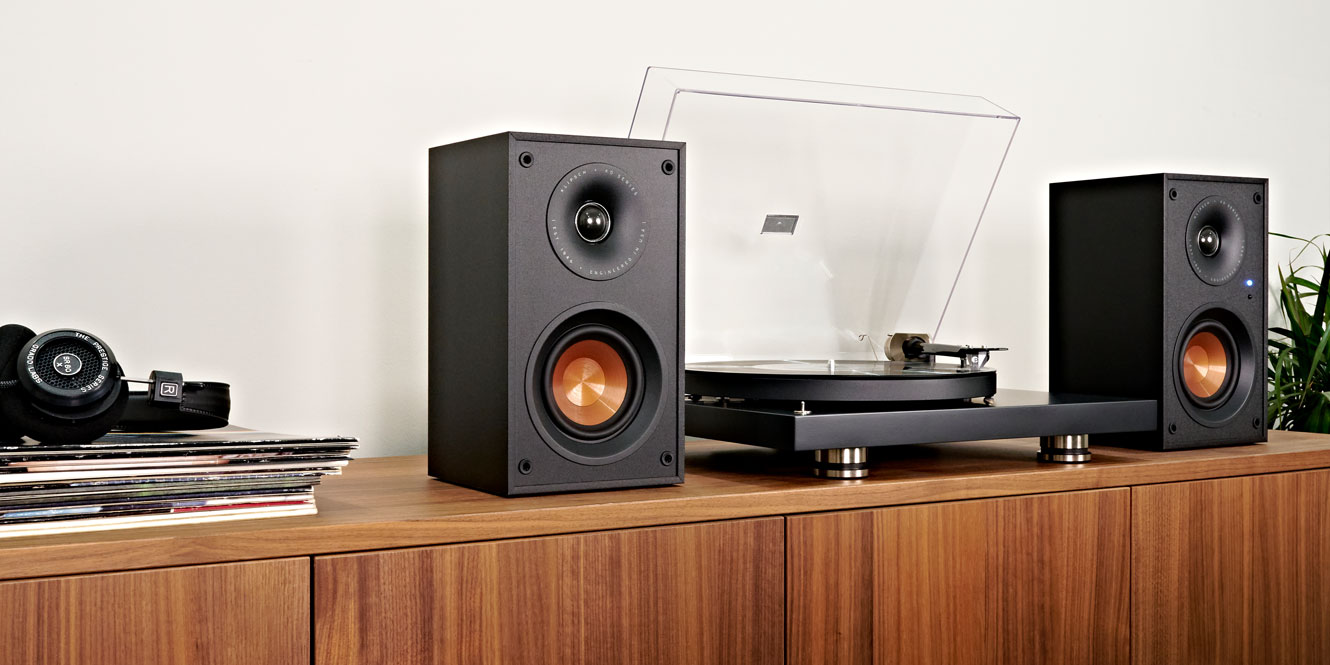
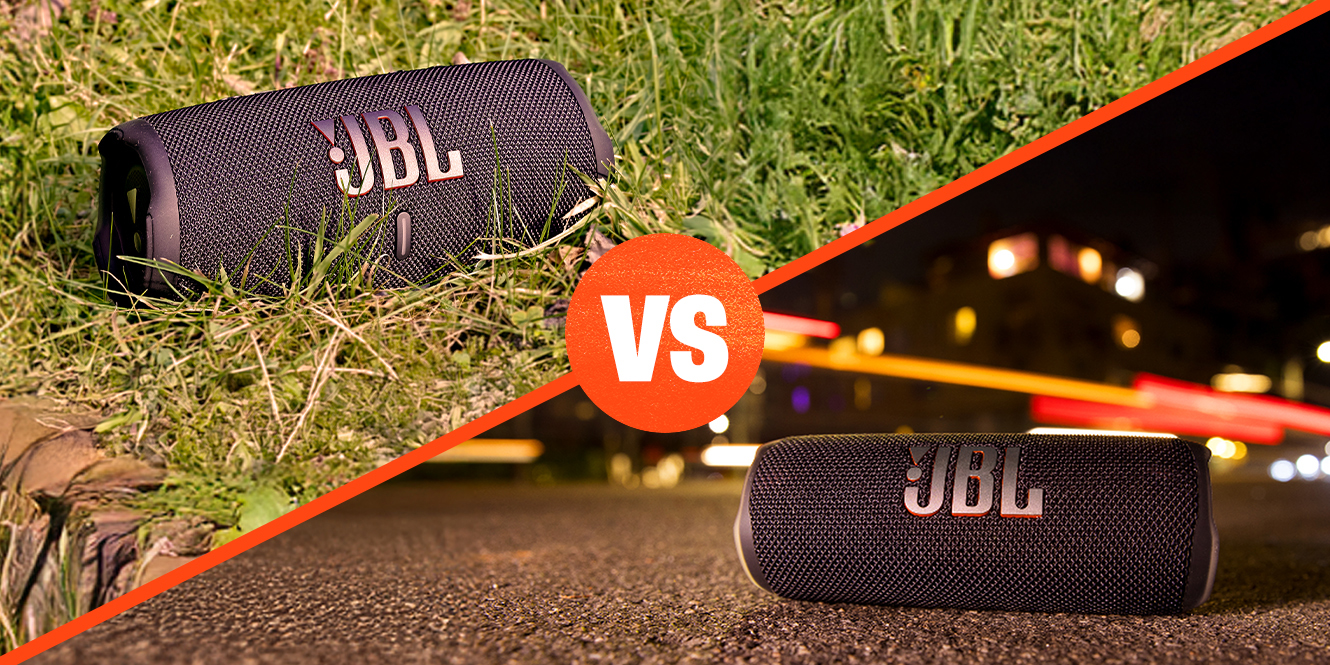


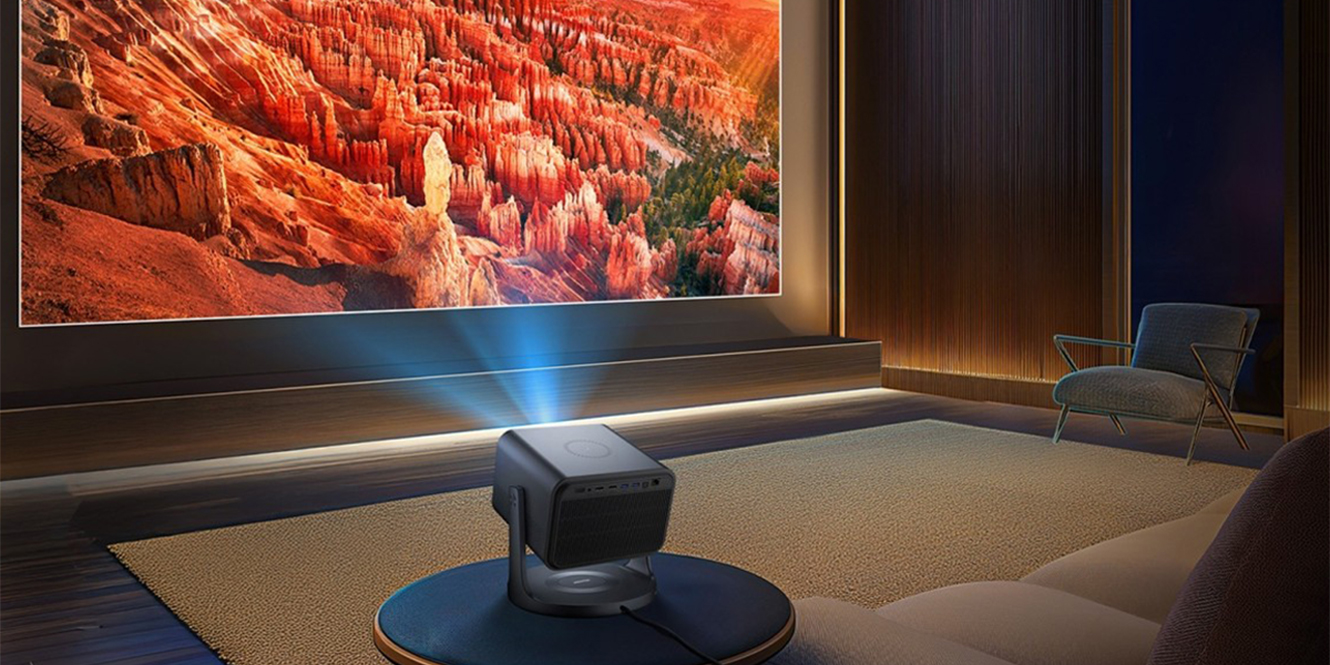




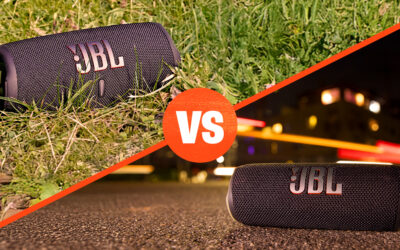
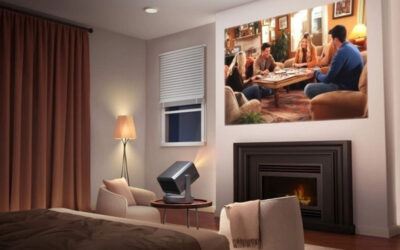

0 Comments